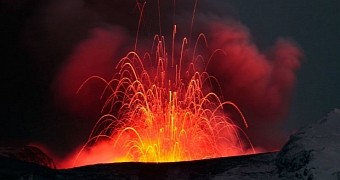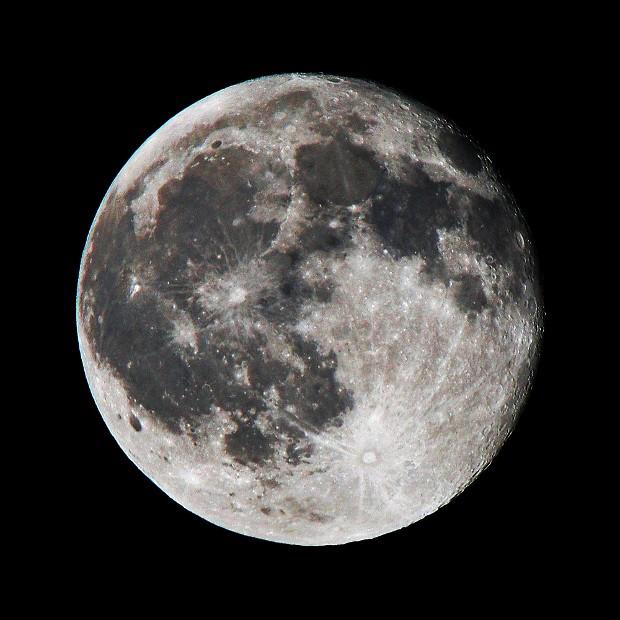During NASA's Apollo missions between the years 1969 and 1972, which landed a total of 12 astronauts on the Moon, several samples of volcanic glass, i.e. the product of rapidly cooling magma, were recovered from the orb's surface.
Now, researchers at Brown University in the US believe to have figured out how and why volcanic glass formed on the Moon to begin with. The team detail their work in a study in the journal Nature Geoscience.
It all comes down to fire-fountain eruptions
It was quite a while ago that so-called fire-fountain eruptions were proposed as an explanation for the volcanic glass found on the Moon during the Apollo missions.
Such blasts are birthed by volatile compounds in the form of gas and mixed with erupting lava. They happen a lot in Hawaii these days and, as it turns out, they once happened on the Moon as well.
“Volatile compounds turn into gas as the lava rises from the depths. That expansion of that gas causes lava to blast into the air once it reaches the surface, a bit like taking the lid off a shaken bottle of soda,” the Brown University team explain.
All the same, it took some time for scientists to identify the exact gas that once gave rise to fire-fountain eruptions on the Moon. Having found traces of carbon in the Apollo volcanic glass samples, researchers are now quite convinced it was carbon monoxide.
Thus, in their report in the journal Nature Geoscience, the Brown University team propose that fire-fountain eruptions happened on the Moon when carbon rising from the orb's depths combined with oxygen to make carbon monoxide.
“As it rose from the lunar depths, that carbon combined with oxygen to make substantial amounts carbon monoxide (CO) gas. That CO gas was responsible for the fire fountains that sprayed volcanic glass over parts of the lunar surface,” the scientists explain the phenomena.
The Earth and the Moon are somewhat alike
Apart from explaining the origin of volcanic glass found on the surface of the Moon, this investigation revealed the carbon concentration of the samples analyzed by the Brown University scientists to be somewhat similar to that of basalts found at mid-ocean ridges here on Earth.
This suggests that the Moon's and Earth's volatile reservoirs share a common origin, which in turn hints that our natural satellite might have in fact formed from debris produced in the aftermath of an impact with a cosmic body about the size of Mars.
Then again, this apparent shared origin of volatiles on the Moon and Earth could be merely the result of a meteorite bombardment that hit both orbs and altered their chemistry in a similar manner.

 14 DAY TRIAL //
14 DAY TRIAL // 

